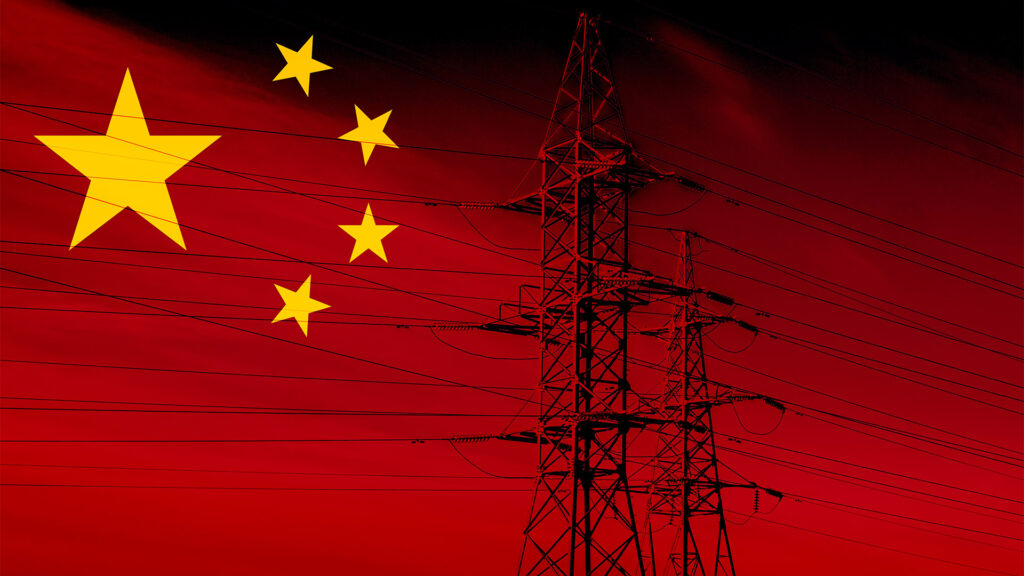China’s electricity consumption is on the rise, particularly during summer months when heatwaves drive up air conditioning usage, leading to record-breaking levels of electricity production.
A global leader in solar and wind power installations, China’s reliance on coal is also increasing. Last year, coal generated a record 5,760 terawatt hours of electricity. To address this, there’s growing emphasis on filling the gap with cleaner nuclear energy.
This week, the Chinese government approved a record 11 nuclear reactors across five sites, according to state-run media, with a total investment reported to be at least $31 billion.
Shares of CGN Power Co., the listed unit of state-owned China General Nuclear Power Corp, have surged 55% this year, as it received approvals for six reactors, making it the biggest beneficiary of this latest push. Shares of China National Nuclear Corp, which received approval for three reactors, have risen 30% in the past six months. State Power Investment Corp, one of the largest electricity generation companies in the country, announced it had received approval for two units.
Coal still accounted for nearly 60% of China’s electricity supply last year, according to the China Electricity Council. In contrast, the country’s existing nuclear power capacity, generated from 56 reactors, accounted for about 5% of total electricity demand.
While China has faced fewer challenges with nuclear expansion compared to many European countries, obstacles remain.
On the positive side, China has largely achieved self-sufficiency in the design and construction of nuclear reactors. However, challenges persist in other areas of the supply chain, particularly in fuel processing and radioactive waste management, where further infrastructure development is needed. Additionally, there is a pressing shortage of industry specialists, with an estimated need for up to 6,000 professionals each year over the next decade—three times the current number available.
Public opposition may be the biggest hurdle. Following the Fukushima nuclear disaster in Japan in 2011, China has seen significant protests against plans to build nuclear power plants, uranium-processing facilities, nuclear waste processing plants, and even factories that manufacture reactor components. In some cases, these protests have been strong enough to halt construction.
Concerns about seismic risks and potential reactor damage are not unfounded; large earthquakes have occurred in the past. For instance, a magnitude 7.9 earthquake in southwestern Sichuan province in 2008 left nearly 90,000 people dead or missing.
The recent rise in the shares of local nuclear plant operators reflects expectations for more approvals in the coming years.

